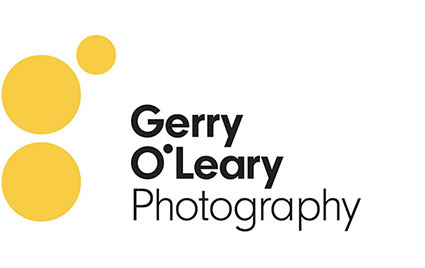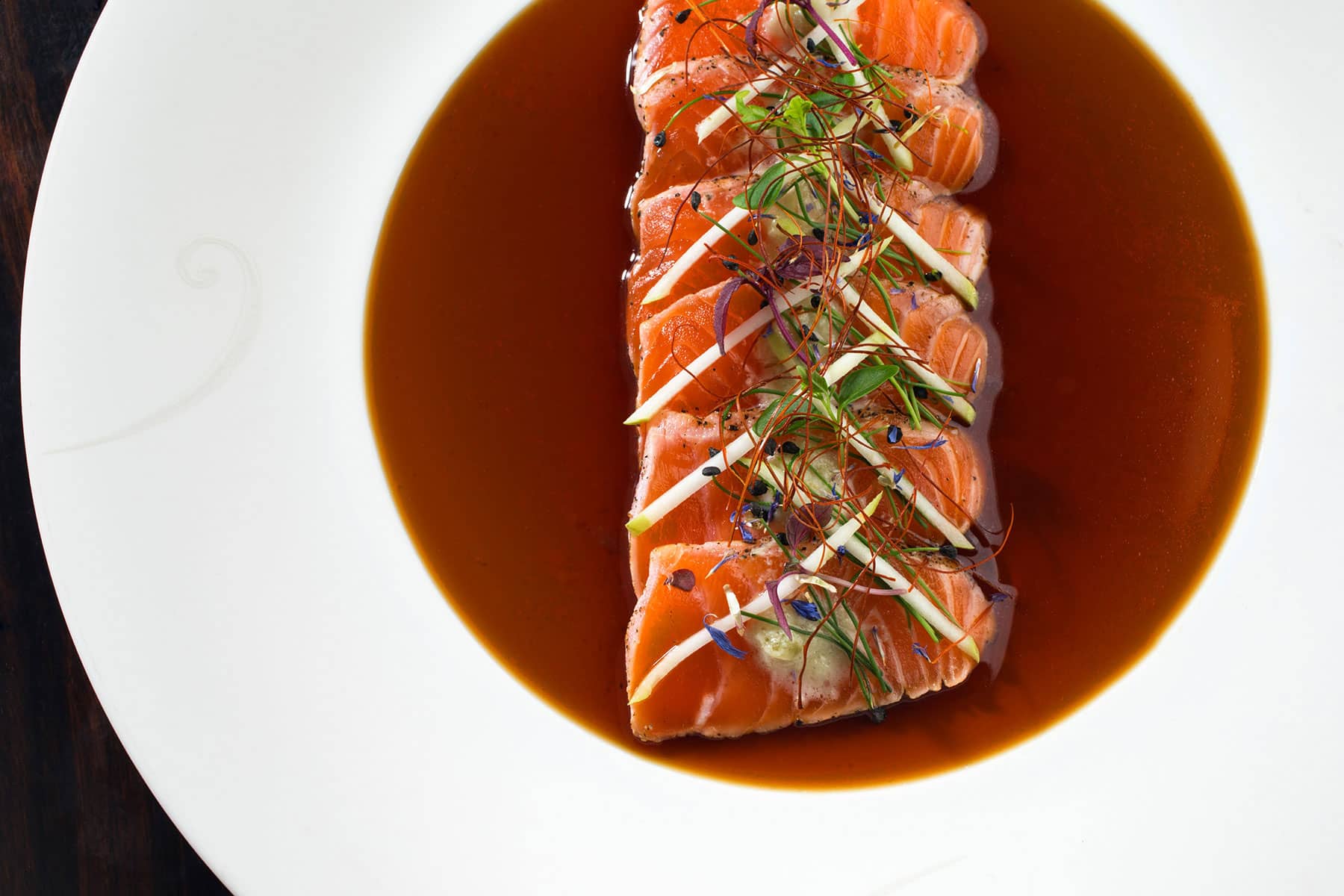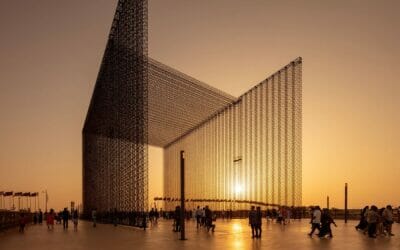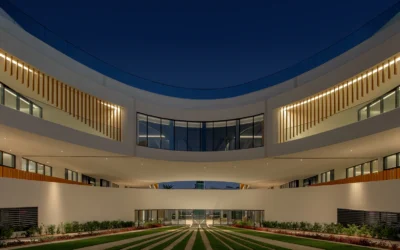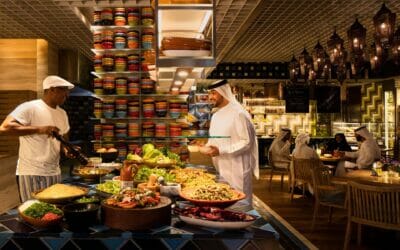Food photography has grown far beyond the glossy images in a magazine or for a restaurant website. Now, millions of people whip out their phone to snap their elegantly presented breakfast or stunning sushi spread. Having photographed for some of the world’s top chefs, Gerry shares his tips for creating the perfect food image.
Creating scrumptious food imagery involves a combination of photography, lighting skills and styling techniques to make the food look as delicious as possible. I want the viewer to salivate at the frame.
Here are some steps to help you capture appetizing food images:
1- Lighting
The essential sauce to create the perfect food image comes from masterful lighting technique. I use artificial strobe lighting techniques to enhance delicate textures, vibrant hues and minute details.
My choice of lighting is typically a combination Profoto B10 & B10 Plus with a variety of soft and hard modifiers.
2- Composition
A successful composition is the difference between success and failure, the image will either hold the attention of the viewer or it won’t. It is essential to familiarise oneself with successful food photography compositions, check out books and magazines, Pinterest and Instagram and get inspired.
As we delve further into commercial food photography this month, I’ll explore how my meticulous orchestration of the food, drinks, props and backgrounds yields balanced, visually pleasing images. It’s almost like a recipe!

3- Styling
I have collaborated with talented food stylists to help elevate the appeal of dishes in food photography. However, now I often operate independently, efficiently managing costs, and utilizing my extensive expertise to capture culinary creations.
Have you ever taken a photo of your food and thought it didn’t quite live up to what’s in front of you? While chefs are wonderful creators and cooks, sometimes their presentations need a little extra styling to make the image pop.
One of my most repeated instructions is ‘don’t pour the sauce’ until the last moment’ 😊.
4- Props and background
In expert hands, the choice of right dishes, utensils and backgrounds becomes woven into the context of the story seamlessly.
It is important to connect the ‘dish’ to the restaurant, so where possible I select elements from the restaurant that bring the story together. Some examples could be the table, table mats, cutlery, glassware, salt and pepper condiments and background furniture. If the table surface is unsuitable, an alternative textured background might be an option. Bringing viewers into the environment is part of the story.
For instance, when I photographed for Palazzo Versace, Dubai, the plates were ideal to link the dish and place.
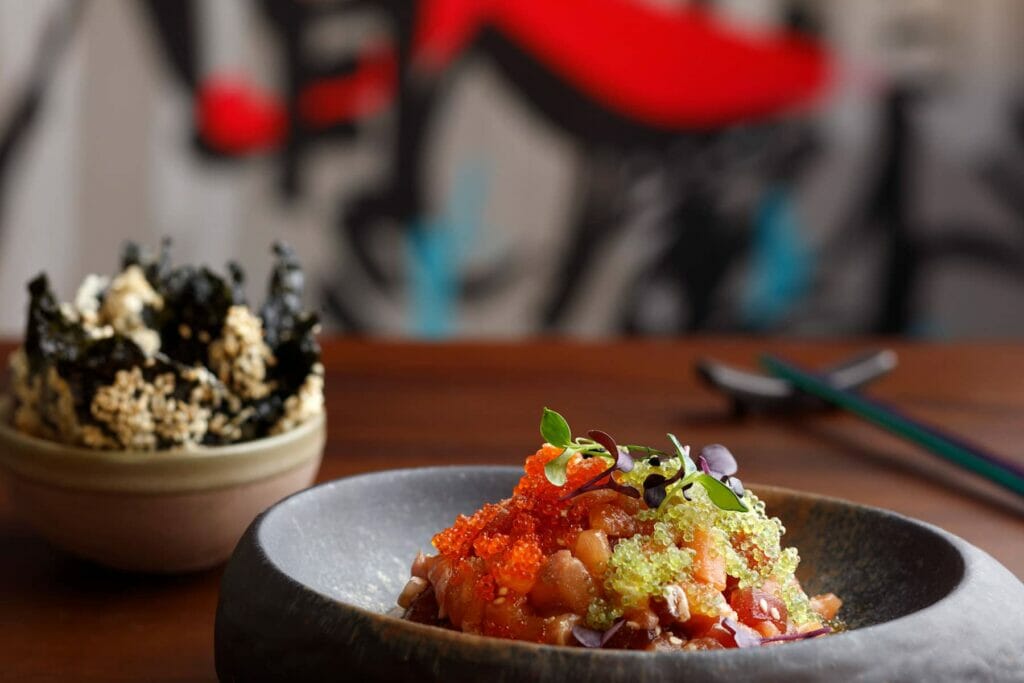
5- Cameras & Lenses
It may seem obvious to suggest using the latest DSLR camera available for expert food photography, but the lenses are even more critical. I use an array of Canon Tilt & Shift lenses with macro capability for very close focus range. These include Canon TSE 50mm, 90, mm and 135mm.
Ideally the camera should be mounted on a stable tripod and tethered to an iPad or laptop. A shallow depth of field with a cinematic look and feel is more alluring in food photography.
6- Post-processing
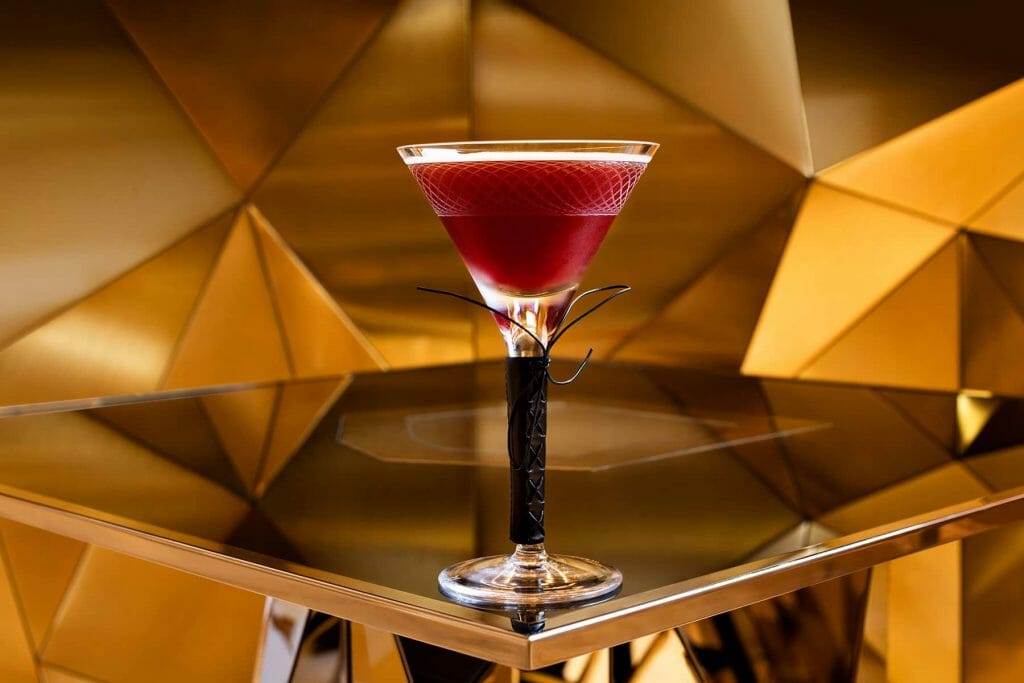
I use post-processing software like Adobe Lightroom or Photoshop to edit the images in post-production. I carefully adjust white balance, contrast, brightness, and colour balance to enhance the image.
Be cautious not to over-process the image, as natural-looking photos are often more appealing. Remember that creating mouthwatering food images is as much about the presentation and styling as it is about the technical aspects of photography. Getting as much right as you can on the day of the shoot is vital to creating the best food photography.
I hope you enjoyed this article as much as I enjoyed writing it!
Throughout November, I’ll be discussing food photography in more detail on the blog. However, if you have further questions about photographing food or drinks , please drop me a message. Feel free to share this article on your preferred platform, I’d love to engage.
